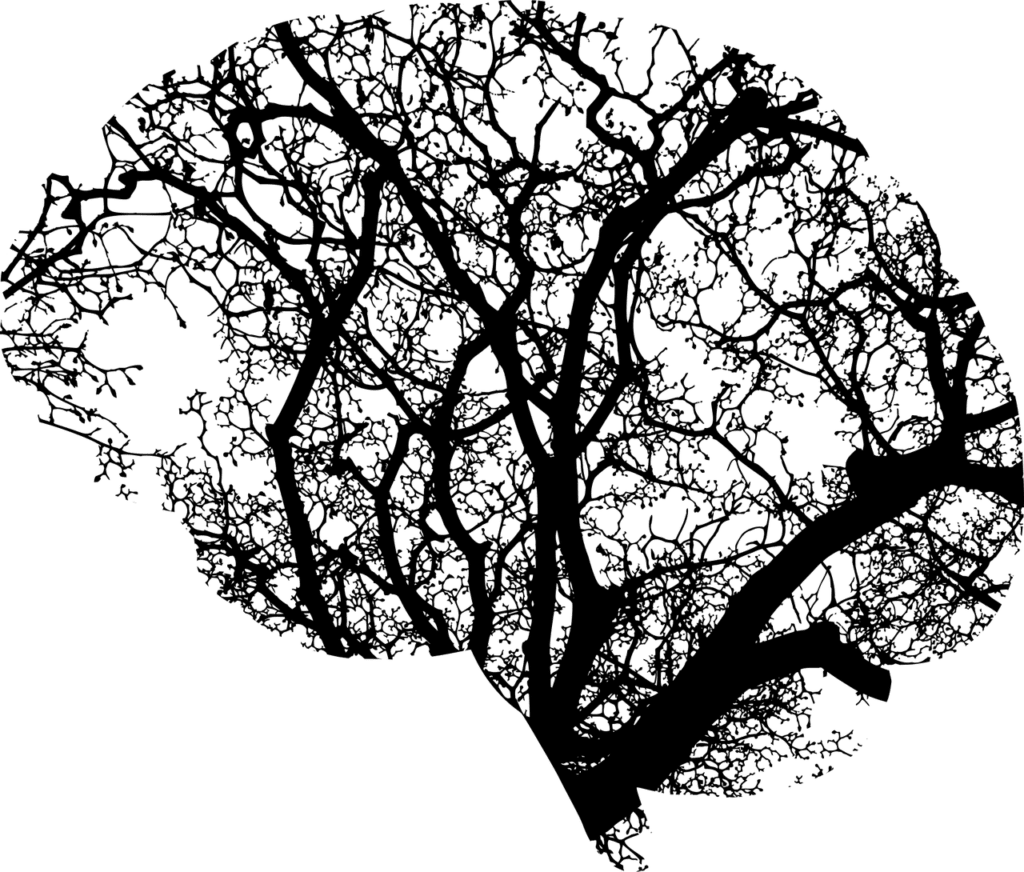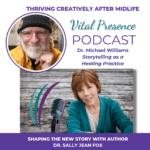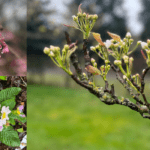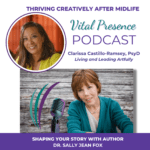
It’s happening again—brain fog.
I need to write things down to remember them. Then, I forget that I need to write things down. I can’t carry as many ideas or projects as I used to. Are these signs of aging? Late-onset adult ADHD? Or, another addled episode of Pandemic brain?
I decided to check in with a friend who coaches people on brain health.
She assured me it was Pandemic brain. (That’s become a new, legitimate, scientific term!) The prolonged stress has fractured our ability to focus, and the results linger. In uncertain times, doing simple things can become unexpectedly complicated.
Decisions that once would have been simple, aren’t. Instead of asking: “Do I want to go to a concert,” I have to ask at least three questions: 1) Do I really want to go?; 2) Will it be safe?; 3) Will I have fun wearing that dreaded, but necessary, mask for three hours? One question becomes three. Now multiply that over myriad areas of life. No wonder I feel bogged down.
While I joked about my foggy brain during the first year of Covid-19, brain scientists weren’t laughing. They started studying what prolonged pandemic-related stress, with its related anxiety, uncertainty, depression, and possibly trauma, was doing to our brains.
They are now confirming what we suspected: living through the pandemic wasn’t good for brains.
The bad news: we may have lost some brain capacity.
The good news: given brain plasticity, we can probably recover.

Why did our brains fade?
The reasons for possible brain decline are many, starting with a lack of social engagement.
Two others stand out for me:
We lost our beat. We’ve taxed our brains doing ordinary life. Nothing, at least in the outer environment, was predictable. We’ve lived with constant uncertainty, stress, and often fear. During lock-down, hours, days, months, and even seasons blended together. We lost a sense of predictable rhythm.
We did too little. In normal times (a vanishing concept), we choose from a range of activities that keep us stimulated, such as sports, cultural activities, trips, dinners out, and visits with friends. During lock-down, many of these were curtailed. Our brains didn’t get the benefits from a naturally stimulating variety of activities.
For many people, life became stressful, uncertain, and monotonous.

How we can build back brain capacity.
I have two suggestions based on my experience using rhythms to build brain health over the past year.
- Add a steady beat to life.
In uncertain, chaotic times, our lives often become arhythmic. We can feed our over-stressed brains by adding a steadying, calming, predictable beat to our lives, a pulse the heart can rely upon. We’re humans, not plug-and-play devices that can be on at any time. Our bodies were designed to synchronize with the rhythms of the natural world.
Sleep doctors recommend going to sleep and waking up at the same time, which immediately adds rhythm to our days. Many health experts talk about the benefits of having a set schedule for meals. My friend Marilyn Paul writes persuasively about the need to have a rest day every week, an “oasis in time” that helps us shape our weeks.
We can build rhythms into our workdays when we set up blocks of time to match the preferences of our brains. We can allocate prime-thinking time for our cognitive work and establish other times for creating, resting, or less brain-centric work.
When we deliberately choose patterns that work for us, we give a steadying rhythmic backbone to our days.

2. Add variation
If we were to do the same thing, every day, at the same time, we’d have a pulse. But if all we had to look forward to was sameness, we’d get bored. Once we have that beat, though, we can, like a great jazz player, riff around it. A steady beat isn’t dull when it’s embellished with melodies, different instruments, other rhythms, etc.
For me, that embellishment is curiosity-fueled learning, diverse conversations, and the joy of writing to you.
A set tempo can help us relax. Then a variety of activities can keep our brains stimulated.
Some of us, speaking personally, still don’t need a lot of extra excitement. (I find life plenty stimulating as is!) Our task is to monitor how much we add in.
InTime
I’ve been using a brain health program for close to a year called InTIme. It’s the brainchild of the mega-talented Spanish musician Nacho Arimany and the staff of Advanced Brain Technologies, who create music-based programs to increase brain health.
For the InTime series, Arimany recorded percussive tracks set to a tempo of 60 beats per minute to match the human heart. Then, using over 100 natural instruments from around the world, he improvised sounds and melodies on top of this beat. The results are amazing.
Listening to InTime steadies my brain in a good way. The beat anchors me, while the music and percussion energize me. That combination helps me focus when I return to work after listening.
An easy way to bring rhythm and variety together.
For me, the absolute easiest way to bring a good mix of rhythm and stimulation together is to walk in nature.
As we walk, we set a beat with our stride. The sights, sounds, smells, and opportunities for touch within nature stimulate our senses. We can rest our minds and energize our bodies, all at the same time.
(I can hear my brain cheering at the mere thought of this.)
Bottom line
Pandemic brain is real. Be kind to yourself if you feel foggy, forget things, or don’t think you’re working at your full capacity. Listen to your body. Rather than ramping up and pushing, you may need to simplify life and go slow. That turns out to be better for your brain than forcing it to perform while it’s recovering or in the fog zone.
I know how hard this is, especially when our to-do lists feel overfull and challenging to accomplish.
Our brains need us to pay attention. They may require help to heal.
So let’s find a steady beat and then add in just the right amount of stimulation.
Or, take a long walk.










3 Responses
Thank you Sally
Thein time was interesting.
thinking about what you said gives me food for thought.
Love Viana
Sally, this entry is immensely useful and helpful. I feel a sense of liberation knowing more of the origin and solutions to my “fog.”
Interesting and timely post, Sally. I just finished reading “Limitless” by Jim Kwik, a book on “brain management” that a client recommended.
Onward!
Carolyn